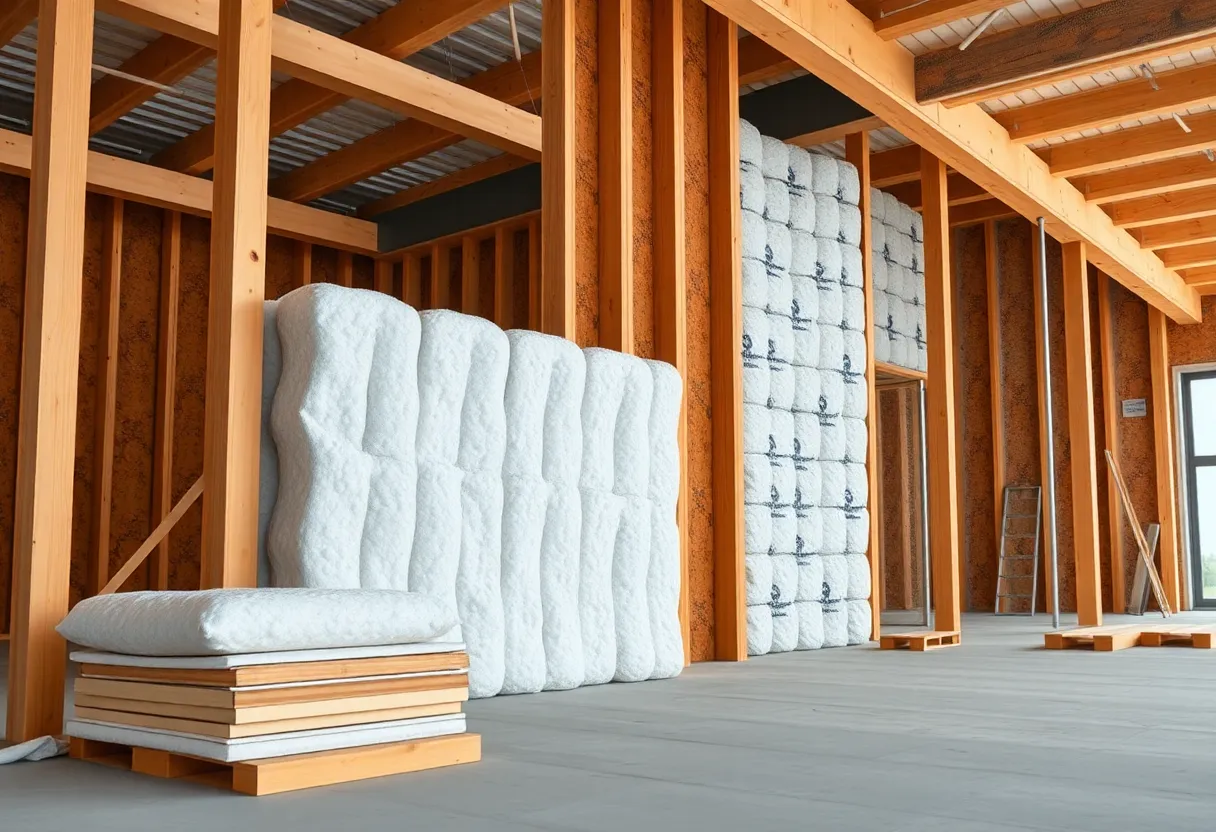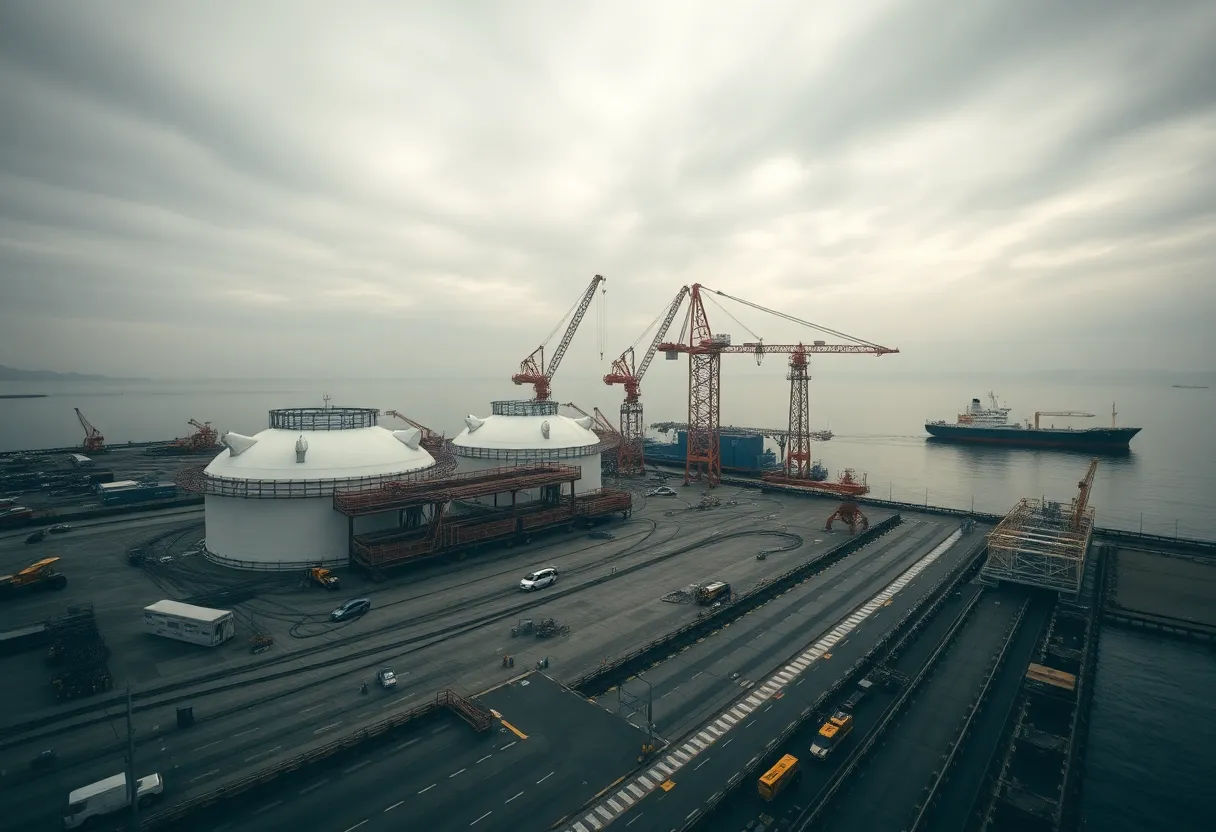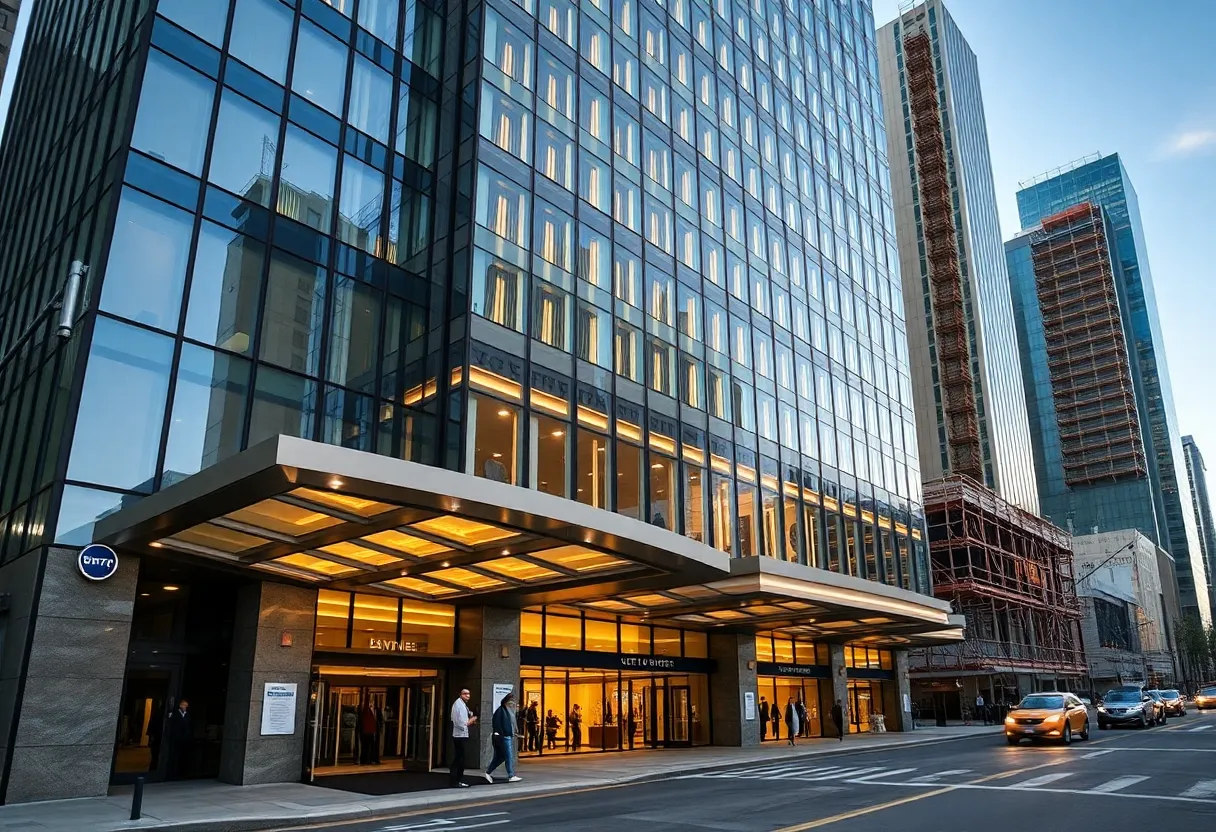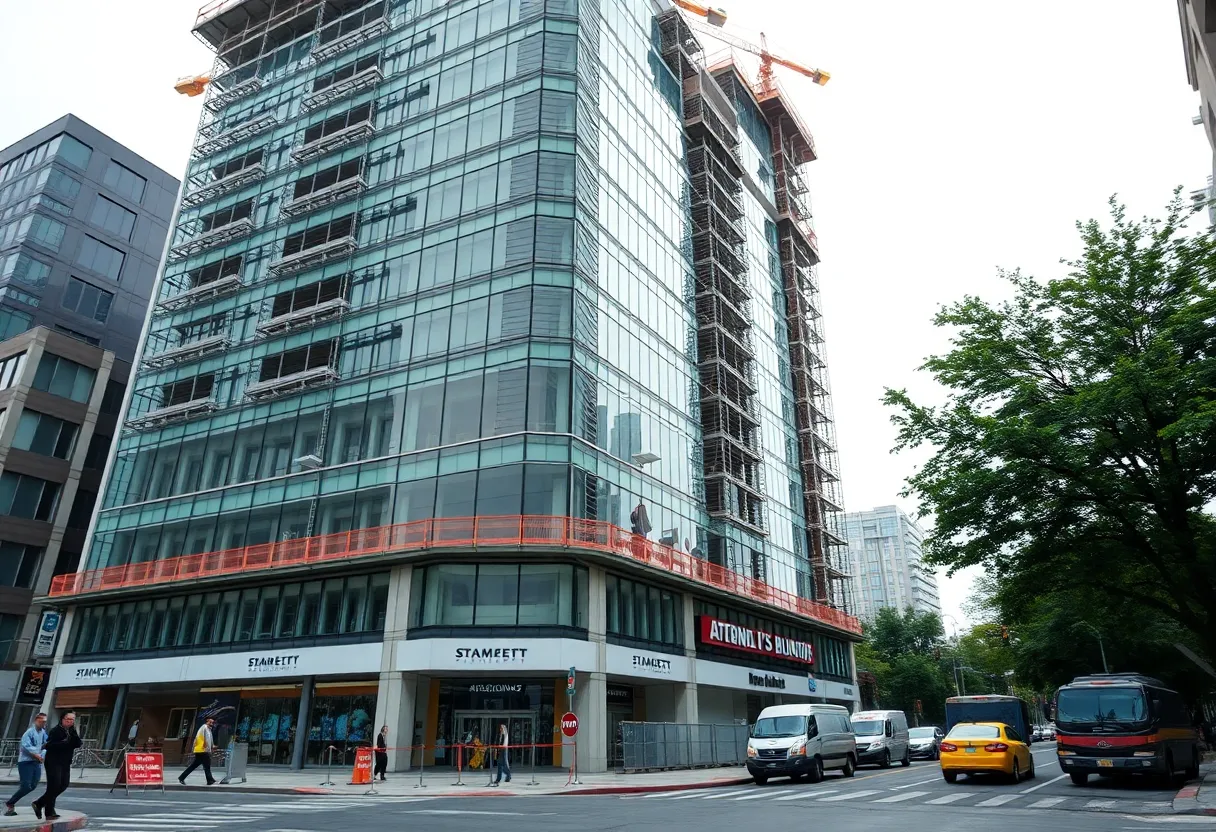Global, September 4, 2025
News Summary
The polyisocyanurate insulation market is projected to grow significantly, from USD 15.6 billion to USD 24.3 billion. Key growth drivers include increasing construction activities, stringent energy regulations, and a focus on sustainability. Innovations in PIR insulation are enhancing its appeal across various sectors, including construction and automotive. Despite challenges like high costs and competition from alternative materials, the market remains optimistic due to continuous advancements in technology and product development.
The global polyiso insulation market is valued at USD 15.6 billion in 2025 and is projected to reach USD 24.3 billion by 2035, expanding at a CAGR of 4.5%.
In the coming decade, growth is expected as construction activity rises and energy-efficiency rules tighten. The focus on sustainability further supports demand for PIR insulation across residential, commercial, and industrial projects. PIR is favored for its strong thermal resistance and fire-retardant properties, helping builders meet stricter building codes while reducing energy use.
Market overview and growth outlook
The market is forecast to grow steadily, driven by policy shifts toward tighter energy performance and greater emphasis on long-term building sustainability. PIR insulation sits at the center of this shift because it provides reliable thermal insulation alongside enhanced fire safety, attributes that align with upgraded codes in many regions.
Drivers of growth
- Rising construction activities across new builds and retrofits
- Stricter energy-efficiency regulations expanding the need for high-performance insulation
- A growing emphasis on sustainability and lifecycle performance
Key market segments and applications
Demand for PIR insulation spans residential, commercial, and industrial sectors. In the United States, high-rise commercial projects are prominent users, while in Europe and parts of Asia, residential retrofits are a major growth area. PIR’s superior thermal resistance and fire-retardant properties help projects comply with tighter codes and improve overall building safety.
Industry dynamics and technology
The building and construction sector specifically is expected to rise from USD 11.3 billion in 2025 to USD 19.1 billion by 2035, a CAGR of 5.4%. Beyond traditional uses, PIR insulation is finding a foothold in the automotive and consumer goods sectors as electric vehicles gain popularity and energy-efficient appliances grow in demand.
Materials and manufacturing innovations
Regulatory push toward sustainable materials supports innovations like bio-based polyols and recyclable product lines in PIR production. In 2024, Carlisle Construction Materials introduced Polyiso Eco rigid foam, which incorporates bio-circular content to reduce carbon footprints. These developments reflect a broader shift to greener, more cost-conscious insulation solutions.
Automation and production efficiency
Artificial intelligence and factory automation are increasingly used to提升 productivity and quality in PIR manufacturing. Industry leaders employ AI, digital twins, and robotics to optimize processes, monitor quality, and shorten production cycles.
Competitive landscape and market structure
Leading players include major building materials firms, but competition is intensifying as new entrants and regional manufacturers target niche markets with specialized PIR products. Some entrants emphasize eco-friendly formulations and localized supply chains to gain market share. The adoption of AI and digital technologies is spreading across manufacturing operations to improve efficiency and product consistency.
Market challenges and risk factors
Cost and supply considerations
High initial costs for PIR solutions and volatility in raw material prices pose challenges for buyers and suppliers alike. Additionally, the reroofing market has reported price increases on essential roofing products, which can affect project budgets and decision timelines.
Competition from alternative insulation materials
Materials such as EPS, spray foams, and natural fibers continue to compete with PIR. Adoption patterns may be influenced by regional preferences, regulatory considerations, and total cost of ownership over the life of a project.
Installation and environmental concerns
Installation complexities and environmental concerns around isocyanates and polyols remain points of attention for builders and policymakers. Ongoing research and industry standards aim to address these concerns while preserving performance benefits.
Regional demand patterns and profitability
Demand shows regional variation, with steady growth observed in the Southeast and Southwest regions, while the Midwest and Northeast experience slower growth or stagnation. Profitability in the reroofing and insulation segments depends on strategic pricing, efficient material sourcing, and the ability to adapt to shifting demand and supply dynamics.
Notable market signals
Industry indicators in related markets show continued expansion but with moderated pace as costs rise and supply chains adjust. The market environment favors firms that couple strong technical performance with sustainable, cost-conscious production and localized supply networks.
Chart: key market features
USD 15.6B
USD 24.3B
USD 11.3B
USD 19.1B
Frequently Asked Questions
What is the projected size of the PIR insulation market by 2035?
The market is expected to reach about USD 24.3 billion by 2035, up from around USD 15.6 billion in 2025.
What factors are driving growth?
Growth is supported by rising construction activity, stricter energy-efficiency regulations, and a focus on sustainability, along with demand across residential, commercial, and industrial sectors.
Which sectors are using PIR insulation most?
Rising demand spans residential, commercial, and industrial applications, with notable use in high-rise commercial projects in the United States and in residential retrofits in Europe and Asia.
What challenges does the market face?
Key challenges include higher initial costs, volatility in raw materials, environmental concerns around isocyanates and polyols, installation complexities, and competition from alternative insulation materials.
Deeper Dive: News & Info About This Topic
Additional Resources
- FMI Blog: Polyisocyanurate Insulation Market
- Roofing Contractor: Reroofing Market Q4 2024
- Bob Vila: Best Insulation for Exterior Walls
- Construction Specifier: Chicago’s Retail Roof Overhaul
- Buildings: SIPLAST Polyiso Insulation
- Wikipedia: Insulation
- Google Search: Polyisocyanurate Insulation
- Google Scholar: Polyisocyanurate Insulation
- Encyclopedia Britannica: Insulation
- Google News: Polyisocyanurate Insulation





